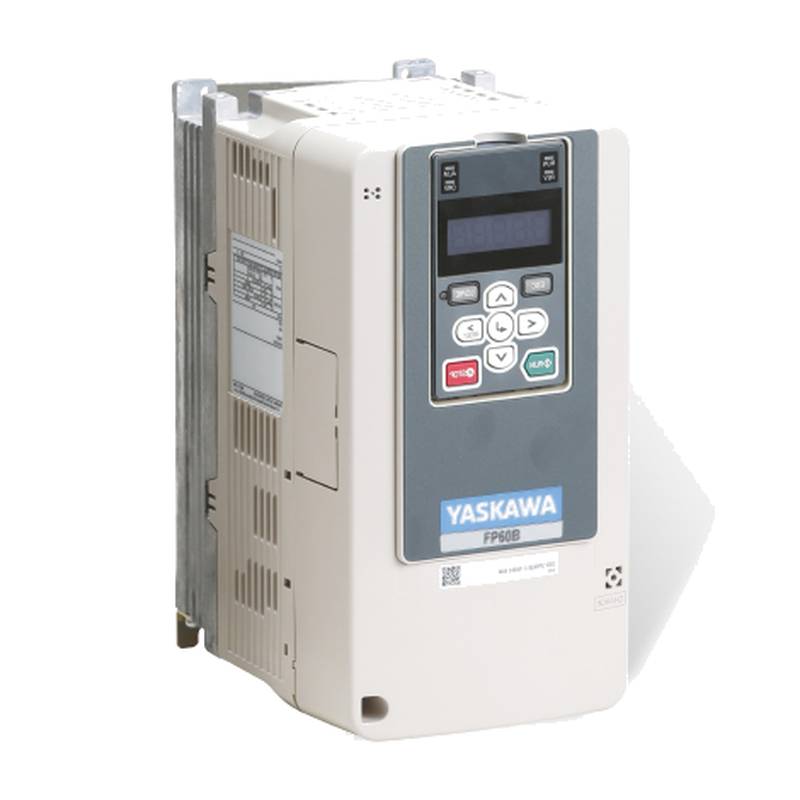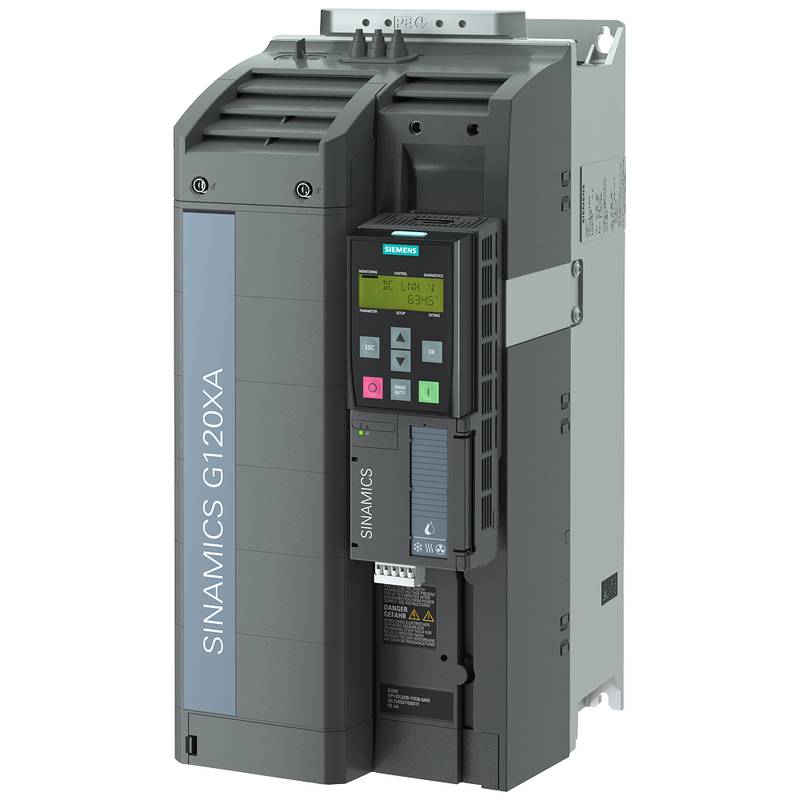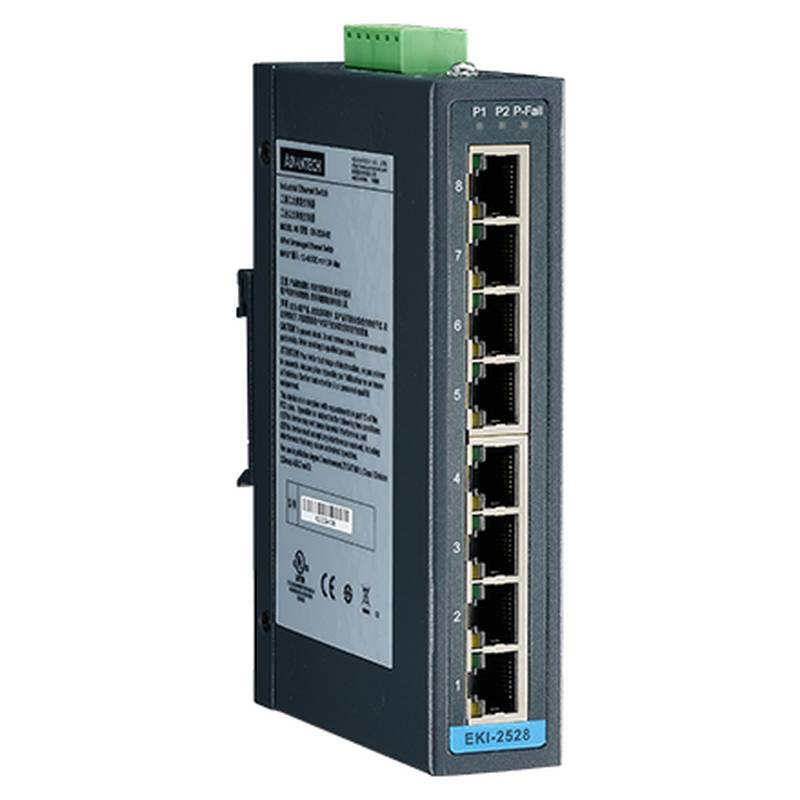
The Moxa ioMirror E3210 Dual Ethernet Redundant Remote I/O Module is engineered to provide robust and reliable remote data acquisition in demanding industrial environments. Its core advantages lie in its dual Ethernet ports for network redundancy, a wide operating temperature range, and comprehensive I/O capabilities, ensuring uninterrupted operation and data integrity. Key technical parameters include a 12-24 VDC power input, support for Modbus TCP and UDP protocols, and a variety of digital and analog I/O options, making it a versatile solution for distributed control systems.
Product Specifications
| Feature | Specification |
| :-------------------- | :--------------------------------------------- |
| Power Input | 12-24 VDC |
| Network Interface | 2 x 10/100 Mbps Ethernet ports |
| Protocols | Modbus TCP, Modbus UDP |
| I/O Channels | Configurable Digital/Analog (specific counts vary by model variant) |
| Operating Temp. | -40 to 75 °C |
| Mounting | DIN-rail |
| Enclosure | IP30 |
| Dimensions | (Refer to manufacturer datasheet for exact dimensions) |
Core Features & Market Positioning
The Moxa ioMirror E3210 distinguishes itself in the industrial automation market through its inherent design for high availability. The dual Ethernet ports enable seamless failover in the event of a network cable failure or switch malfunction, a critical feature for applications where downtime is unacceptable. This redundancy, coupled with Moxa's reputation for rugged industrial hardware, positions the E3210 as a premium choice for engineers prioritizing system resilience and long-term operational stability. Its ability to integrate into existing Modbus TCP networks without requiring extensive reprogramming further enhances its competitive edge, offering a cost-effective upgrade path for legacy systems seeking enhanced reliability.
Key Application Scenarios
The versatility of the Moxa ioMirror E3210 makes it suitable for a wide array of industrial applications demanding reliable remote I/O. In process control, it excels at collecting data from sensors and actuators in remote substations, chemical plants, or water treatment facilities, ensuring continuous monitoring of critical parameters. For building automation, the E3210 can manage environmental controls, security systems, and energy management devices across a large campus, leveraging its network redundancy for consistent communication. Furthermore, in energy management, it facilitates the collection of data from renewable energy sources like solar farms or wind turbines, or from distributed grid infrastructure, providing vital operational insights even in challenging remote locations.
Practical System Integration Guidance
Integrating the Moxa ioMirror E3210 into an industrial network is straightforward, typically involving DIN-rail mounting and direct wiring of sensors and actuators to the module's terminals. Configuration is primarily managed via Moxa's device configuration utility or through web-based interfaces, allowing users to define I/O mapping, network settings, and redundancy parameters. For Modbus TCP communication, the E3210 acts as a Modbus slave device, requiring the master controller (e.g., PLC, SCADA system) to be configured with the module's IP address and Modbus registers corresponding to the desired I/O points. The dual Ethernet ports can be configured in a ring or redundant master/slave topology to ensure seamless data flow in case of network disruptions.
Operation and Risk Mitigation
Operating the Moxa ioMirror E3210 involves ensuring stable power supply within the specified voltage range (12-24 VDC) and maintaining network connectivity through both Ethernet ports. The module's wide operating temperature range of -40 to 75 °C mitigates risks associated with extreme environmental conditions. Common troubleshooting may involve checking LED status indicators for network link, power, and I/O status. If communication issues arise, verify IP address settings, subnet masks, and the Modbus polling configuration on the master device. In rare instances of module failure, the redundant network configuration ensures continued operation, minimizing process disruption while a replacement can be commissioned.
Scalability & Long-Term Value
The Moxa ioMirror E3210 offers significant scalability and long-term value, primarily through its robust design and adherence to standard industrial protocols. Its compatibility with Modbus TCP allows seamless integration into a vast ecosystem of existing SCADA systems, PLCs, and HMI devices, protecting existing investments. The ability to deploy multiple E3210 modules across a distributed network allows for straightforward expansion of I/O points as operational needs grow. Furthermore, Moxa's commitment to industrial-grade hardware ensures a long product lifecycle, and the module's support for modern industrial communication standards positions it well for integration into future Industrial IoT (IIoT) and Industry 4.0 initiatives, providing a reliable foundation for digital transformation.
FAQs
What are the primary advantages of the Moxa ioMirror E3210?
The E3210 offers dual Ethernet ports for network redundancy, ensuring continuous operation. It boasts a wide operating temperature range, making it suitable for harsh industrial environments. Its support for standard Modbus TCP/UDP protocols simplifies integration.
Can the Moxa ioMirror E3210 be used in outdoor applications?
While the E3210 has an IP30 enclosure rating, it is designed for industrial environments, not direct outdoor exposure. It can be safely installed in weatherproof enclosures or control cabinets located outdoors. Its wide operating temperature range is a key benefit for outdoor installations.
How is network redundancy configured on the Moxa ioMirror E3210?
Network redundancy is achieved by connecting both Ethernet ports to separate network switches or a switch supporting ring topologies. This allows for automatic failover if one network path becomes unavailable, ensuring uninterrupted data flow. The configuration is typically done via Moxa's device configuration software.
What types of I/O does the Moxa ioMirror E3210 support?
The Moxa ioMirror E3210 supports a range of digital and analog I/O modules, depending on the specific model variant. Users can select modules with discrete inputs/outputs, voltage/current analog inputs, and voltage/current analog outputs to meet diverse application requirements.
Is the Moxa ioMirror E3210 compatible with Modbus RTU?
No, the Moxa ioMirror E3210 specifically supports Modbus TCP and Modbus UDP protocols over Ethernet. It does not directly support Modbus RTU, which is typically used over serial communication interfaces like RS-232 or RS-485.
What power supply is required for the Moxa ioMirror E3210?
The Moxa ioMirror E3210 requires a DC power supply within the range of 12 to 24 VDC. It is crucial to use a stable and regulated power source to ensure reliable operation of the module and connected I/O devices.
How do I access the configuration interface of the Moxa ioMirror E3210?
You can access the configuration interface using Moxa's free device configuration utility software. Alternatively, many models offer a web-based interface accessible through a standard web browser once the module's IP address is set and it is connected to the network.
What is the typical mounting method for the Moxa ioMirror E3210?
The Moxa ioMirror E3210 is designed for standard industrial panel mounting and utilizes a DIN-rail mounting mechanism. This allows for quick and secure installation within electrical control cabinets alongside other industrial components.
What are the benefits of using dual Ethernet ports for redundancy?
Dual Ethernet ports provide a highly available network connection. If one cable or network device fails, traffic is automatically rerouted through the second port, preventing data loss and minimizing system downtime, which is critical for continuous industrial processes.
Does the Moxa ioMirror E3210 support any IIoT protocols directly?
While the E3210 primarily supports Modbus TCP/UDP, it can be integrated into IIoT platforms through gateways or SCADA systems that support protocol conversion. This allows its data to be leveraged for cloud-based analytics and IIoT applications.
























